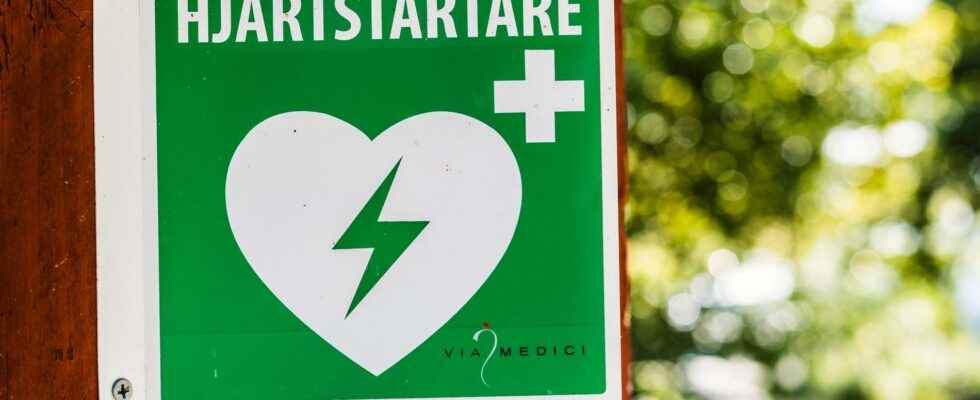Published: Just now
The chance of surviving sudden cardiac arrest has increased sharply in 30 years.
However, the positive development has stopped in the last decade, while the number of difficult-to-treat cases is increasing, according to a new study.
Sudden cardiac arrest affects approximately 10,000 people in Sweden each year and is the most common cause of death in people with diabetes, heart failure or coronary artery disease.
Most of the cases, three out of four, occur in the everyday life of those affected and often have a fatal outcome.
However, thanks to cardiopulmonary resuscitation and defibrillators, the chances of surviving sudden cardiac arrest that does not occur in a hospital have more than doubled in 30 years, according to a study from the Sahlgrenska Academy at the University of Gothenburg.
Longer response times
“In the case of out-of-hospital cardiac arrest, it is likely the increased number of people trained to perform cardiopulmonary resuscitation that drove the positive development,” says Araz Rawshani, one of the researchers behind the study.
According to the study, survival has increased to a level of around eleven percent. However, the full improvement took place during the late 1990s and early 2000s.
According to the researchers, the development has since stopped partly because the ambulance response times have increased, partly because the proportion of relatively mild cases of sudden cardiac arrest has decreased.
More difficult cases
In the future, the researchers fear that the number of difficult-to-treat cases will increase even more.
“The study indicates that healthcare, from EMS to post-resuscitation care, will face new and difficult challenges in the coming years, with a patient population that is increasingly difficult to resuscitate,” says Araz Rawshani.
Survival in the event of in-hospital cardiac arrest has also increased, to around 35 percent. In those cases, the increase has mainly occurred since 2010 and, according to the researchers, is due to better skills and resources.
The study, published in the European Heart Journal, includes data covering just over 130,000 cases.
